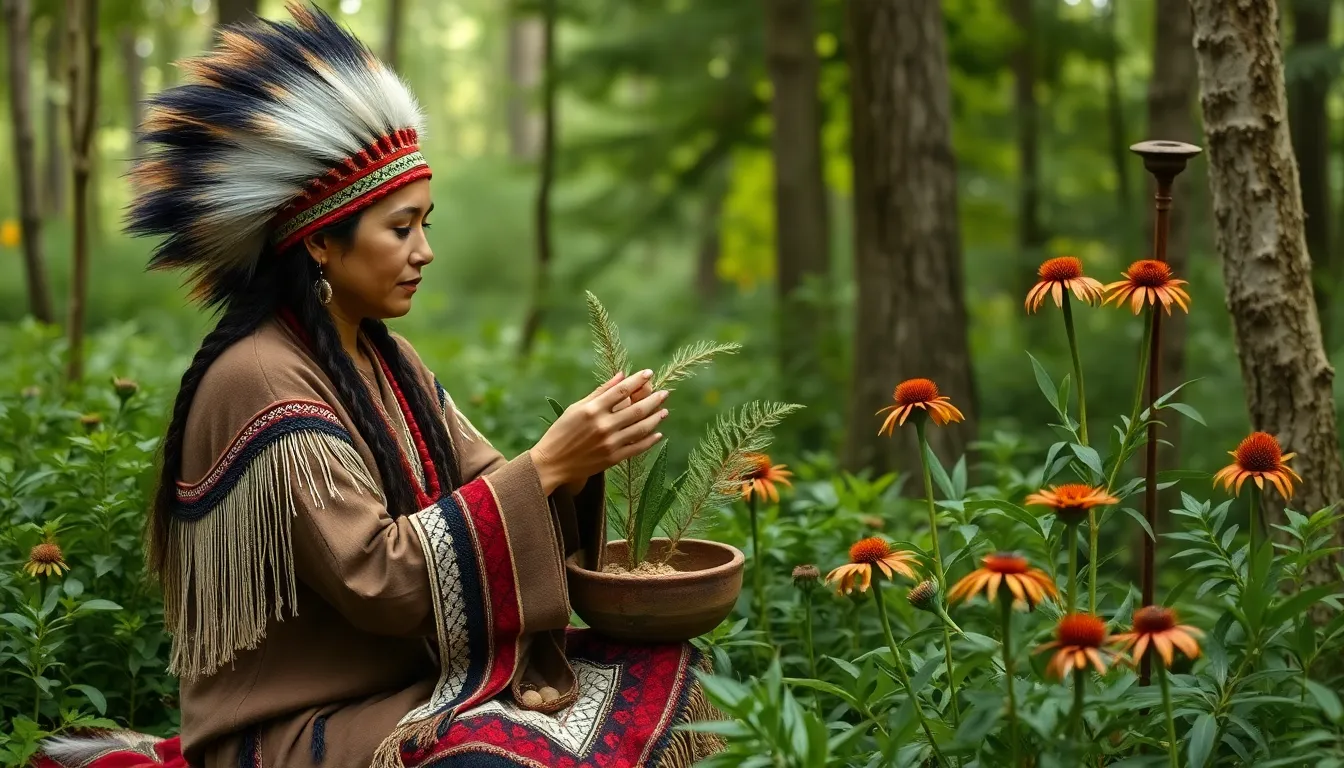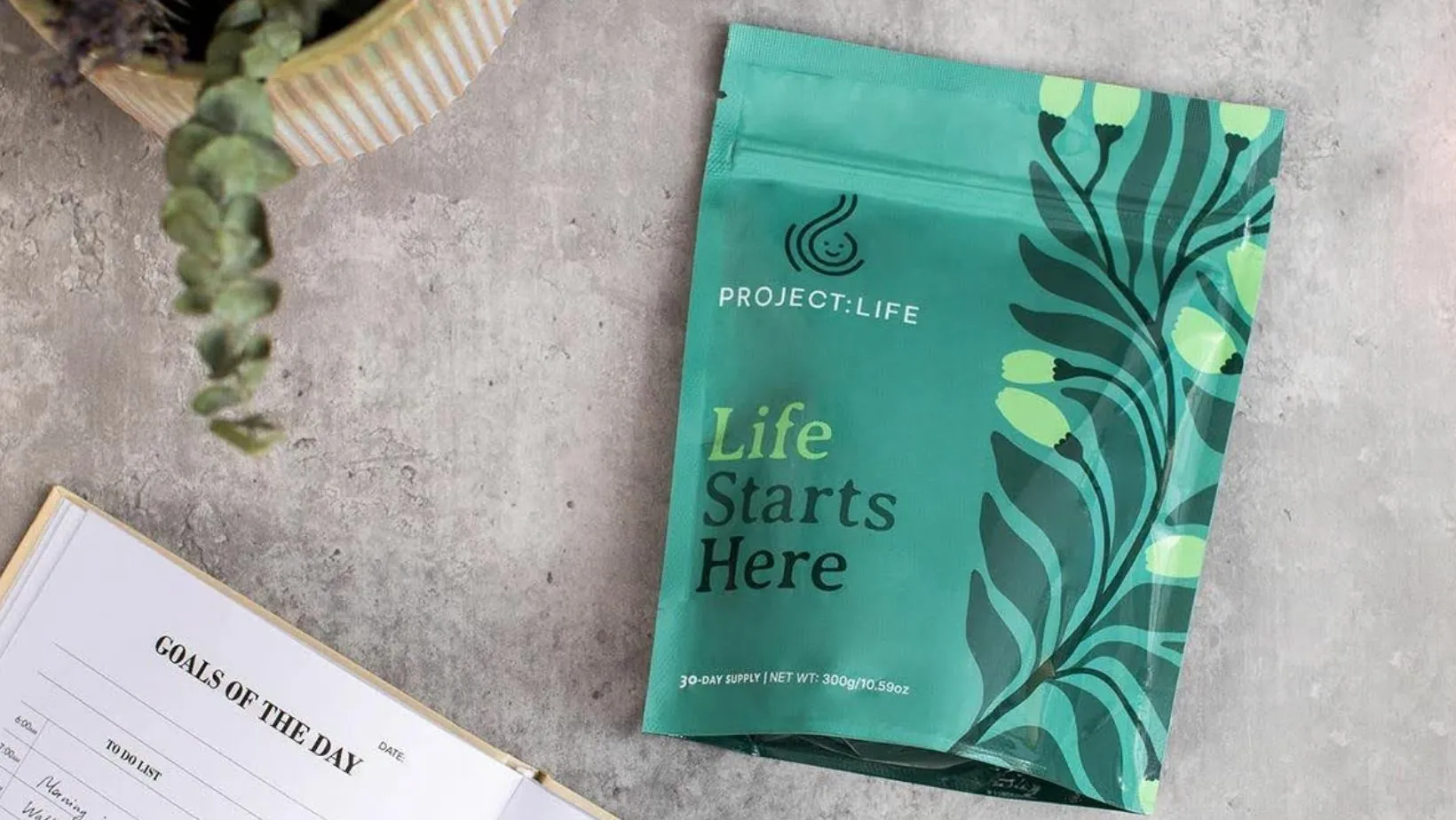Table of Contents
ToggleIn a world buzzing with quick fixes and synthetic solutions, herbal healing methods stand out like a wise old sage at a rave. Imagine swapping those neon pills for the earthy goodness of nature’s pharmacy. From soothing teas to potent tinctures, herbal remedies offer a treasure trove of benefits that have been cherished for centuries.
Overview of Herbal Healing Methods
Herbal healing methods encompass a wide range of practices using plants for medicinal purposes. Many individuals utilize these remedies to address health concerns without resorting to synthetic drugs. These natural options include herbal teas, tinctures, essential oils, and topical applications, each offering distinct benefits.
Teas made from various herbs can provide a soothing effect and offer specific health advantages, such as calming anxiety or aiding digestion. Tinctures, concentrated herbal extracts, deliver potent benefits in smaller doses, making them easy to incorporate into daily routines. Essential oils derived from plants serve multiple purposes, including aromatherapy, skin care, and therapeutic applications.
Topical applications like salves or ointments also play an important role in herbal healing, often used for skin irritations or inflammation. Each of these methods has roots in traditional practices, reflecting centuries of knowledge about plant properties.
Ginger, for example, is known for its anti-inflammatory effects and is commonly consumed as a tea or supplement. Peppermint aids digestion and can be enjoyed as a refreshing beverage. Lavender promotes relaxation and can be used in essential oil form for calming effects.
Many practitioners of herbal healing advocate a holistic approach, focusing on overall wellness rather than just treating symptoms. This method involves looking at lifestyle, diet, and emotional health alongside the use of herbal remedies. Integrating these methods can enhance both physical and mental health, providing individuals with a comprehensive path to well-being.
Research supports the effectiveness of many herbal remedies, yet it’s wise to consult healthcare professionals before starting any new treatment. A clear understanding of dosage and potential interactions with other treatments ensures safety.
Historical Background

Herbal healing methods hold a rich history that spans various cultures and epochs. These practices date back thousands of years, revealing humanity’s longstanding relationship with nature’s remedies.
Ancient Practices
Ancient civilizations, such as the Egyptians and Chinese, relied on plants for medicinal purposes. Egyptians documented herbs like garlic and myrrh on papyrus. Chinese medicine integrated herbs into treatments, emphasizing balance. Indigenous cultures demonstrated the use of local flora for healing across continents. Native American tribes utilized sage and echinacea for both physical and spiritual ailments. Many of these early methods established foundational knowledge for modern herbalism.
Cultural Significance
Herbal remedies carry deep cultural significance in many societies. They often symbolize a connection to ancestry and traditional wisdom. In India, Ayurveda promotes herbal medicine as part of holistic health. European folk traditions incorporated herbal knowledge passed down through generations. Herbalism fosters community bonds, as families often share knowledge and practices. Across cultures, these remedies reflect not only healing but also an understanding of the environment and human biology.
Common Herbal Healing Methods
Herbal healing methods encompass various practices that utilize plants for medicinal purposes. Each method presents unique benefits and applications.
Infusions and Teas
Infusions and teas offer a simple way to harness the healing properties of herbs. Boiling water extracts flavors and beneficial compounds from dried herbs or flowers. Common choices include chamomile, known for its calming effects, and peppermint, which aids digestion. Drinking herbal teas promotes relaxation, helps with sleep, and soothes minor ailments. Many find comfort in sipping herbal infusions during moments of stress or health challenges.
Tinctures
Tinctures provide concentrated herbal extracts in liquid form, often stored in alcohol. This method allows for longer shelf life and potent delivery of plant compounds. Popular tinctures include echinacea, often used for immune support, and valerian root, known for its calming effects. Using just a few drops provides significant benefits, making tinctures convenient for various health issues. They also allow for easy customization based on individual needs.
Poultices and Salves
Poultices and salves offer topical applications for targeted relief. A poultice typically consists of crushed herbs mixed with a liquid, applied directly to the skin to treat pain or inflammation. Salves combine herbs with oils or beeswax, creating a more stable product for skin conditions. Common herbal ingredients include comfrey for healing wounds and calendula for soothing irritation. Both methods serve as effective home remedies, providing localised support for various ailments.
Benefits of Herbal Healing
Herbal healing provides various benefits that enhance overall well-being. One significant advantage lies in the use of natural remedies.
Natural Remedies
Natural remedies consist of herbal solutions that address health concerns without synthetic additives. Chamomile, well-known for calming effects, aids in reducing anxiety. Peppermint supports digestive health, alleviating discomfort after meals. Echinacea boosts the immune system, acting as a preventive measure during cold seasons. Garlic, recognized for its antimicrobial properties, promotes cardiovascular health. These remedies often carry fewer side effects compared to pharmaceutical options, making them appealing choices.
Holistic Approach
A holistic approach is essential when considering herbal healing. Integrating lifestyle changes, dietary adjustments, and emotional health enhances the effectiveness of herbal remedies. Regular exercise contributes to improved physical health, while mindfulness practices support emotional well-being. Balancing these elements fosters a comprehensive wellness strategy. Herbal remedies, like valerian root for sleep and St. John’s Wort for mood enhancement, can complement these lifestyle practices effectively. Emphasizing this interconnectedness leads to better health outcomes and a more satisfying life experience.
Safety and Considerations
Herbal healing methods offer various advantages, but safety remains a priority. Users must be aware of potential risks.
Potential Side Effects
Users may experience mild side effects with herbal remedies. Common issues include nausea, dizziness, or allergic reactions. Some herbs can cause gastrointestinal discomfort, especially in sensitive individuals. Variability in individual responses to herbs also occurs due to factors like dosage and personal health. For example, valerian root can lead to drowsiness, while St. John’s Wort may cause photosensitivity. Monitoring for any adverse reactions ensures safe use of herbal remedies.
Drug Interactions
Interactions between herbal remedies and prescription medications pose significant risks. Certain herbs may amplify or reduce the effects of medications, complicating treatment plans. For instance, garlic can enhance the blood-thinning effects of anticoagulants, like warfarin. Echinacea may affect immunosuppressive drugs, potentially altering their effectiveness. Consultation with healthcare professionals becomes crucial for anyone taking multiple medications or managing chronic illnesses. By discussing herbal options with a knowledgeable practitioner, individuals can avoid harmful interactions and ensure safety in their wellness journey.
Herbal healing methods offer a time-tested approach to wellness that resonates with many seeking natural alternatives. By embracing the power of plants individuals can tap into a wealth of benefits that promote overall health. The integration of herbal remedies with lifestyle and dietary adjustments enhances their effectiveness and fosters a deeper connection to personal well-being.
As interest in natural healing continues to grow it’s crucial to prioritize safety and consult healthcare professionals. This ensures the responsible use of herbal treatments while minimizing potential risks. Ultimately herbalism serves as a bridge between ancient wisdom and modern health practices empowering individuals to make informed choices for their health journey.







